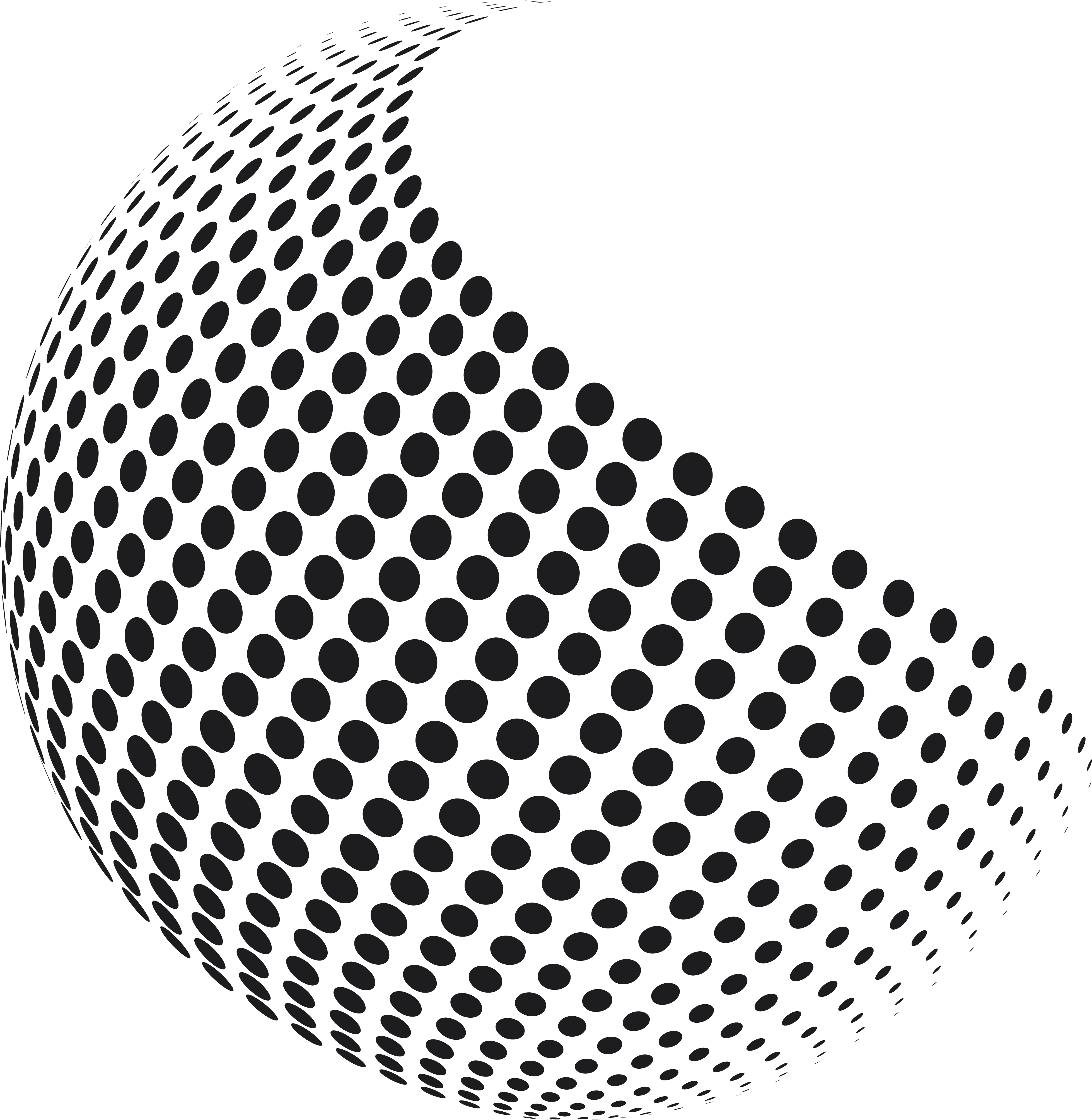In today’s world, sustainability has become more than just a buzzword – it's a necessity. As consumer awareness grows, so does the demand for sustainable products, particularly in the fabric industry. But what are the latest innovations driving sustainable fabric manufacturing, and how are they changing the future of textile production? Let’s dive into the groundbreaking advancements that are shaping the next generation of fabrics.

Table of Contents:
1. Eco-Friendly Materials
One of the most significant shifts in fabric manufacturing is the use of environmentally friendly raw materials. Organic cotton, hemp, and bamboo are just the beginning. We now see innovations like Tencel™ (derived from wood pulp) and Piñatex (made from pineapple leaves), offering biodegradable and renewable fabric options. These materials reduce the industry’s reliance on synthetics and petroleum-based fibers.

2. Waterless Dyeing Technologies
Traditional fabric dyeing processes use an enormous amount of water and contribute to pollution. Waterless dyeing technologies, such as those pioneered by DyeCoo, are revolutionizing the industry by using CO2 instead of water to transfer color to fabrics. This reduces water waste and toxic runoff.

3. 3D Knitting and Seamless Manufacturing
New technologies like 3D knitting allow manufacturers to create garments in one piece, reducing waste from cut-and-sew methods. These techniques, combined with seamless manufacturing, result in highly durable, lightweight fabrics with minimal fabric waste.

Imagine fabric made from lab-grown cells. This might sound like science fiction, but biofabrication is becoming a reality. Bio-fabricated silk, for example, is produced by replicating the proteins of spider silk. Similarly, bio-leather made from yeast and bacteria is gaining attention in the sustainable fashion world.

5. Recycled Textiles and Circular Fashion
Recycling old textiles to create new fibers is becoming increasingly popular. Companies are developing closed-loop recycling systems, where old fabrics are broken down and re-spun into new yarn. This ensures that clothing waste doesn't end up in landfills, but instead is given a second life as new garments.

6. Smart Textiles for Energy Efficiency
Smart textiles are changing the game for both sustainability and technology. Fabrics embedded with solar cells or conductive threads can harness and store energy, powering devices or regulating temperature. While still in its infancy, this field holds promise for creating energy-efficient textiles that could change how we interact with fabric.

The future of fabric manufacturing is bright and green. As innovation continues to push boundaries, we’re moving closer to a world where sustainable textiles are not just an option but the standard. From waterless dyeing to biofabrication and smart textiles, these advancements offer exciting possibilities for the future of eco-friendly fashion and production.

How do you feel about the latest innovations in sustainable fabric manufacturing? Share your thoughts or ask questions in the comments below!

Comments